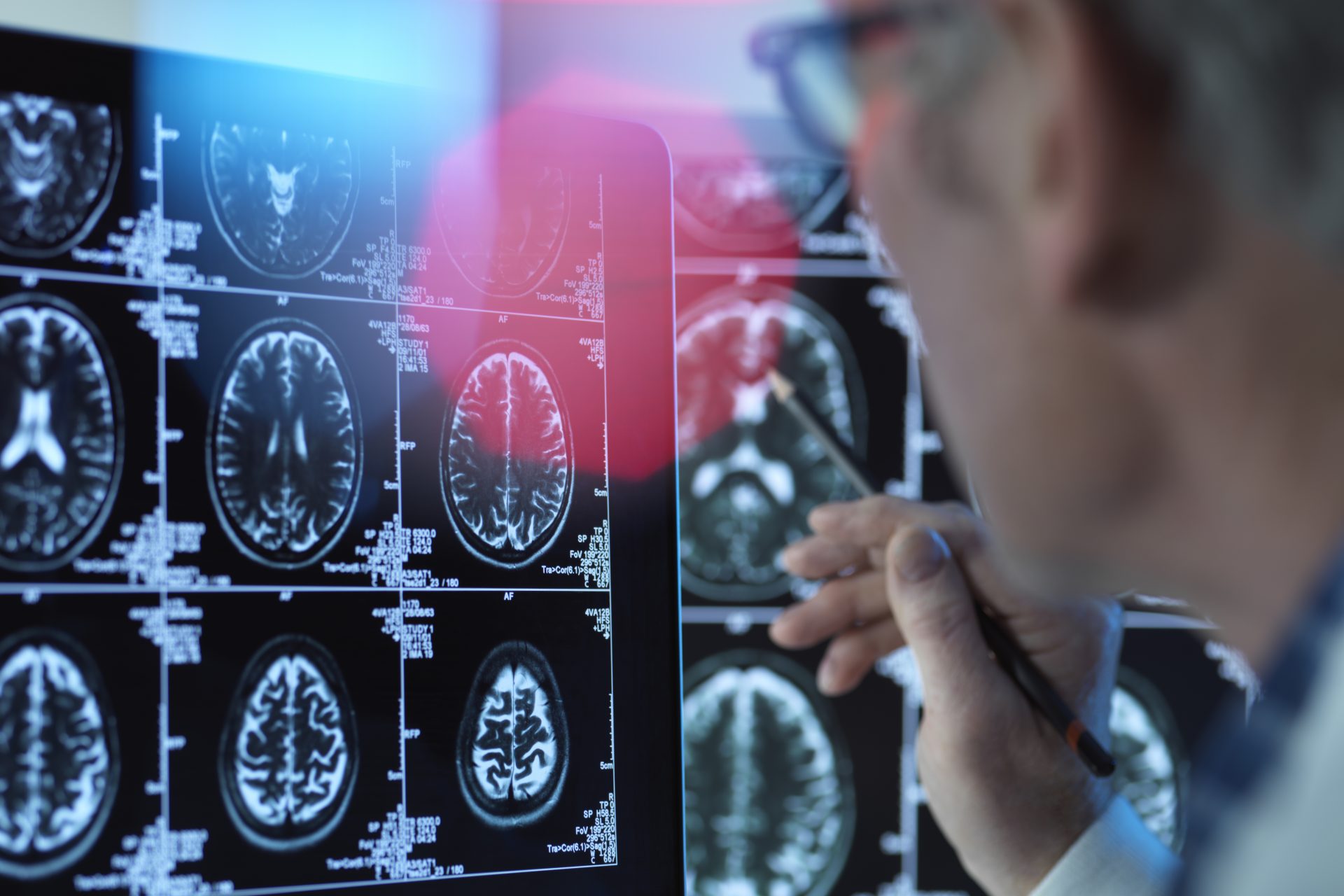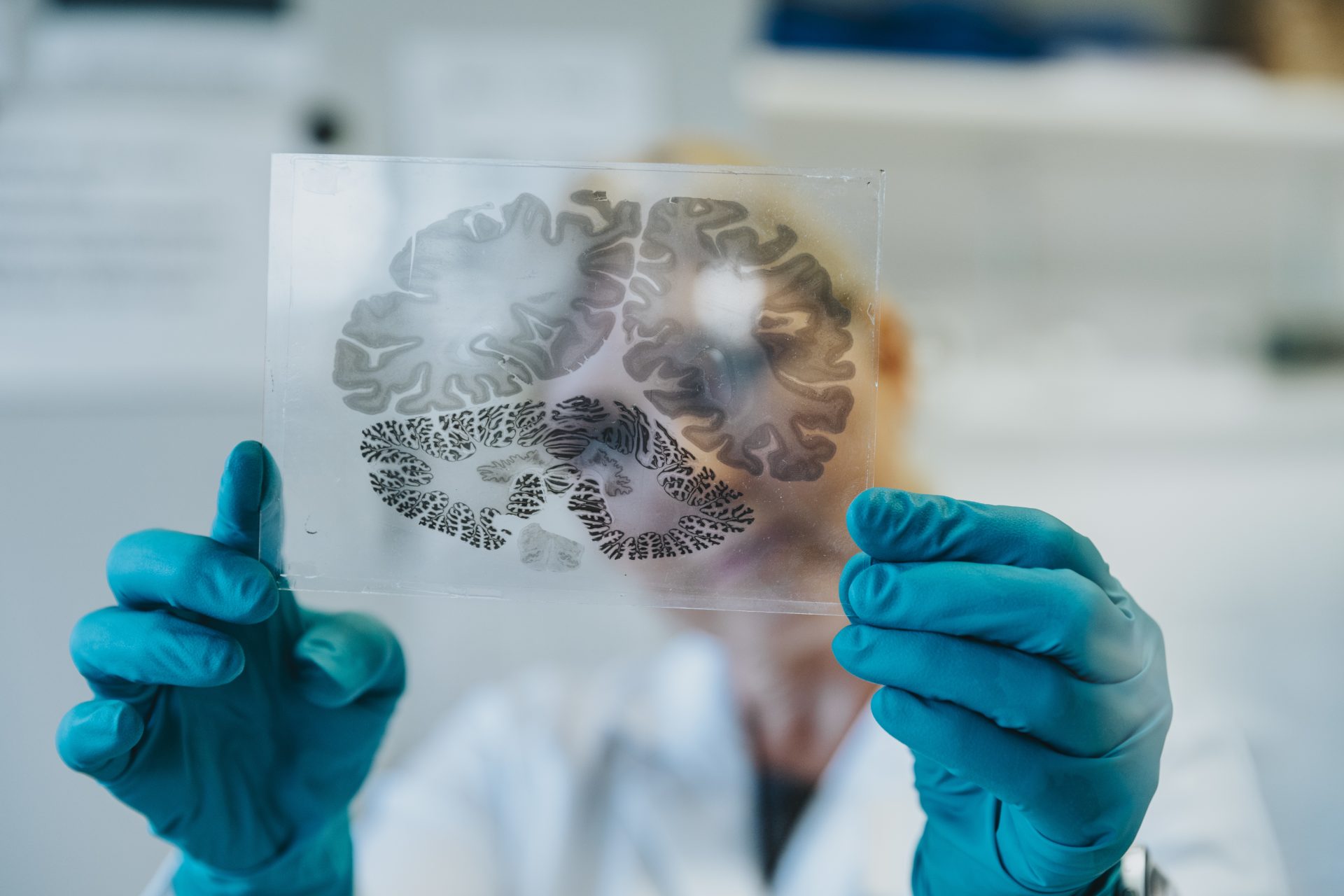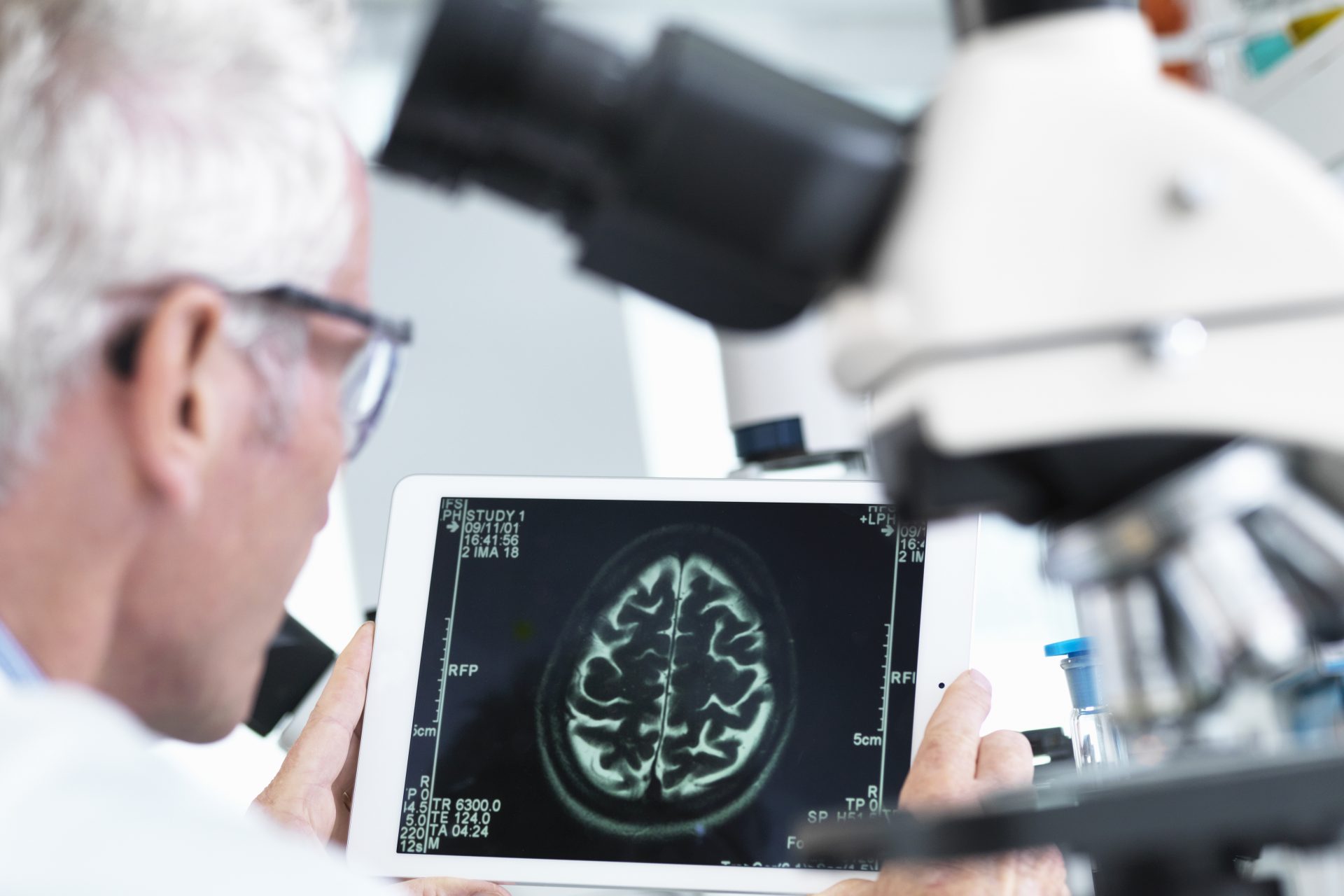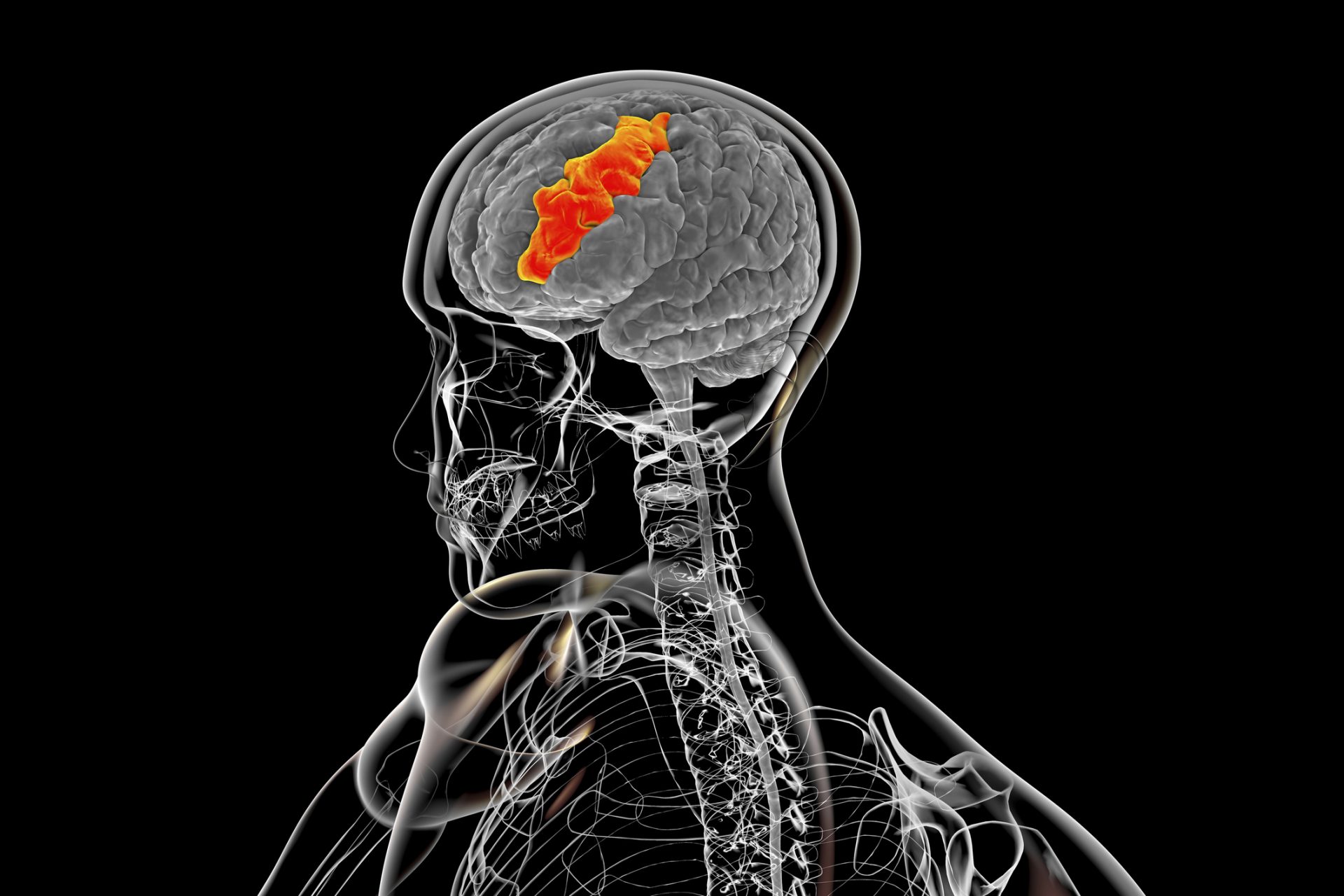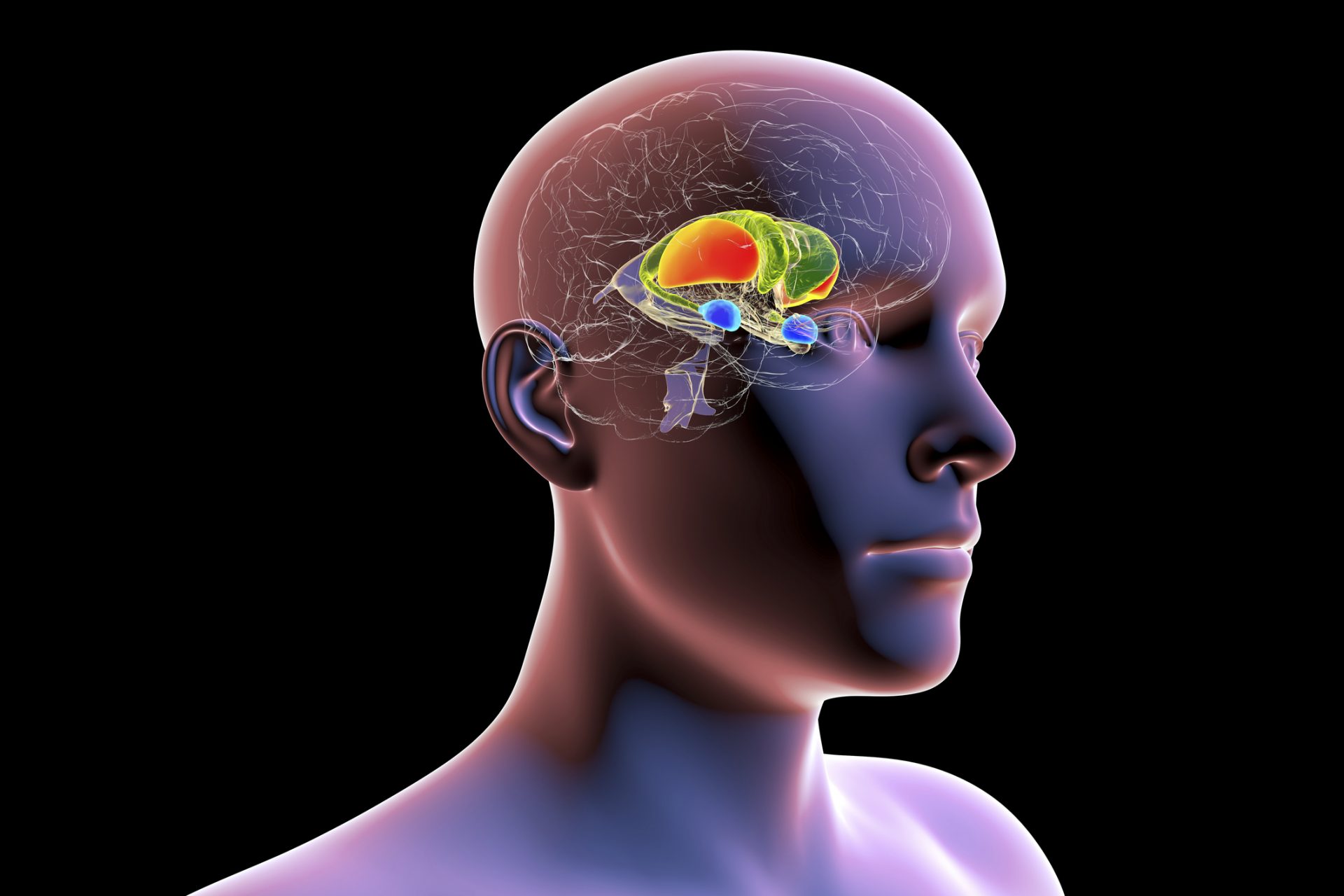Scientists are close to understanding what sets our brain apart from other species
Your brain has billions of cells, but they come in relatively few types: a little over 3,000 cells combine to build our brains and make us who we are.
However, the most critical difference between our brains and those of other primates is not in the cells but in the wiring between them.
That discovery has been part of many that researchers have done in the past decade, filled with breakthroughs on our path to understanding the human brain.
For that, an international team of scientists is creating the most detailed atlas of our brain, mapping the locations and functions of 170 billion cells.
The international research project is part of the BRAIN (Brain Research Through Advancing Innovative Neurotechnologies) Initiative, with laboratories across many disciplines.
BRAIN researchers identify, characterize, and map the brain cells of humans, other primates, and rats, hoping to make critical discoveries about our brains as a base for new studies on diseases and brain function.
The researchers have fully mapped mice brains and found we have different cells. Humans, for example, have specialized cells for visual processing that mice don't.
However, the difference in other primates is much more subtle. Trygve Bakken, an assistant investigator at the Allen Institute, told PBS that the differences are in language processing.
Cell proportion sets us apart from other mammals in the area of the brain that processes language. We have similar cells but in different proportions.
However, in the case of other large primates, and particularly our closest relatives, Chimpanzees, the difference is not in the composition of the brain or the cells but simply in the genetic expression of those cells.
Those findings can lay a foundation for more research, but the BRAIN initiative still has a long way to go.
Mapping the brain is a difficult task. Ed Lein, a neuroscientist at the Allen Institute for Brain Science, told The Washington Post that each part is as complex as a complete organ. From Stanford University, Henry Greely compared it to sending a spaceship to another planet.
The BRAIN initiative serves as a great source of data, but it is still not aimed at understanding the complexity of brain functions like memory or consciousness. Other studies are trying to tackle that.
For example, BRAIN developed a dictionary linking certain genetic changes to specific brain cell types, which could give researchers crucial data to study the mechanics behind brain diseases.
The BRAIN studies also helped develop techniques that will add to the advanced tools researchers already have to understand our brain, like MRI and EEG scans.
However, there is still much to learn about how our brain works. Brain expert and UC Berkeley Professor Doris Tsao told Cosmos Magazine: "What we know about the brain, including my work, is trivial."
More for you
Top Stories




